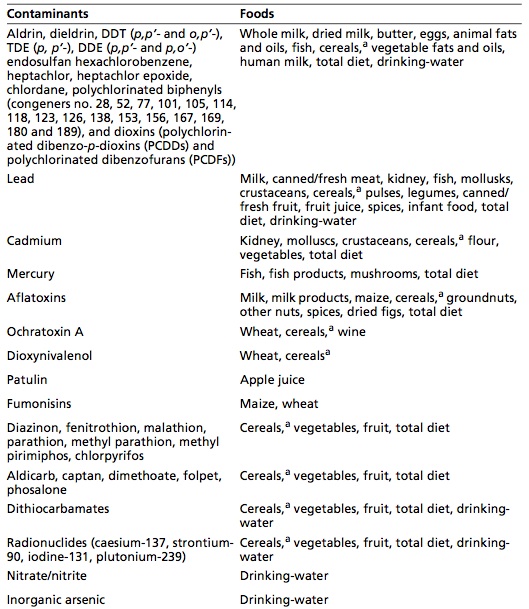Over the last 50 years, food safety has presented a continually changing picture as new problems have emerged and established ones either resisted or responded to control measures. The sources of food contamination are no longer local, given increasing international travel and worldwide shipping in a global food market.
The emergence of new pathogens and pathogens not previously associated with food consumption is a major concern. Microorganisms have the ability to adapt and change, and changing modes of food production, preservation and packaging have therefore resulted in altered food safety hazards.
Organisms such as Listeria monocytogenes, and to a lesser extent Clostridium botulinum, have re-emerged because of changes in the way high-risk foods are packaged and processed. E. coli O157:H7 was identified for the first time in 1979 and has subsequently caused illness and death following the consumption of ground beef, unpasteurized apple cider, raw milk, lettuce, alfalfa sprouts and drinking-water in several countries. Salmonella typhimurium DT104 has developed chromosomal encoded resistance to five commonly prescribed antibiotics and is a major concern in several countries because of its rapid national and international spread during the 1990s.
The factors that can influence the emergence of or increase in food-borne disease include:
- Changes in the pathogenic organism, increased resistance and new virulence properties;
- New analytical techniques to detect previously unsuspected hazards;
- New production systems, including more mass production and longer food
- chains;
- New environmental pollutants and changing ecology and climate;
- New food products, processing techniques,ingredients, additives and pack-
- aging;
- Changing social conditions and increasing poverty or pollution;
- Changes in the health status of the population or a subpopulation;
- Changing diets and increasing demand for minimally processed foods;
- Changing food purchasing, more street consumption and eating out side the
- home;
- Travel and migration and the movement of pathogen hosts;
- Increased trade in food, animal feed and livestock and exposure to contaminants.
GEMS/Food Europe offers a comprehensive list of contaminants and foods in the table below :

Source: Improved coordination and harmonization of national food safety con- trol services: report on a joint WHO/EURO–FSAI meeting, Dublin, Ireland 19–20 June 2001
Changing consumer habits, such as increased consumption of poultry or ready-to-eat chilled foods, can increase concerns over pathogens associated with poultry or those capable of growth at chill temperatures such as L. monocytogenes. Food preservation techniques such as vacuum packaging can provide a new niche for C. botulinum. Economic difficulty and increasing affluence can affect social behavior and food safety; the former has been given as a reason for the increased levels of botulism reported in many NIS.
New industrial processes, new food-processing techniques and packaging materials may all potentially lead to the contamination of food. Their potential risks should be rigorously assessed before the food industry introduces them.
Reference: WHO Regional Publications European Series, No. 96, " Food and health in Europe: a new basis for action"